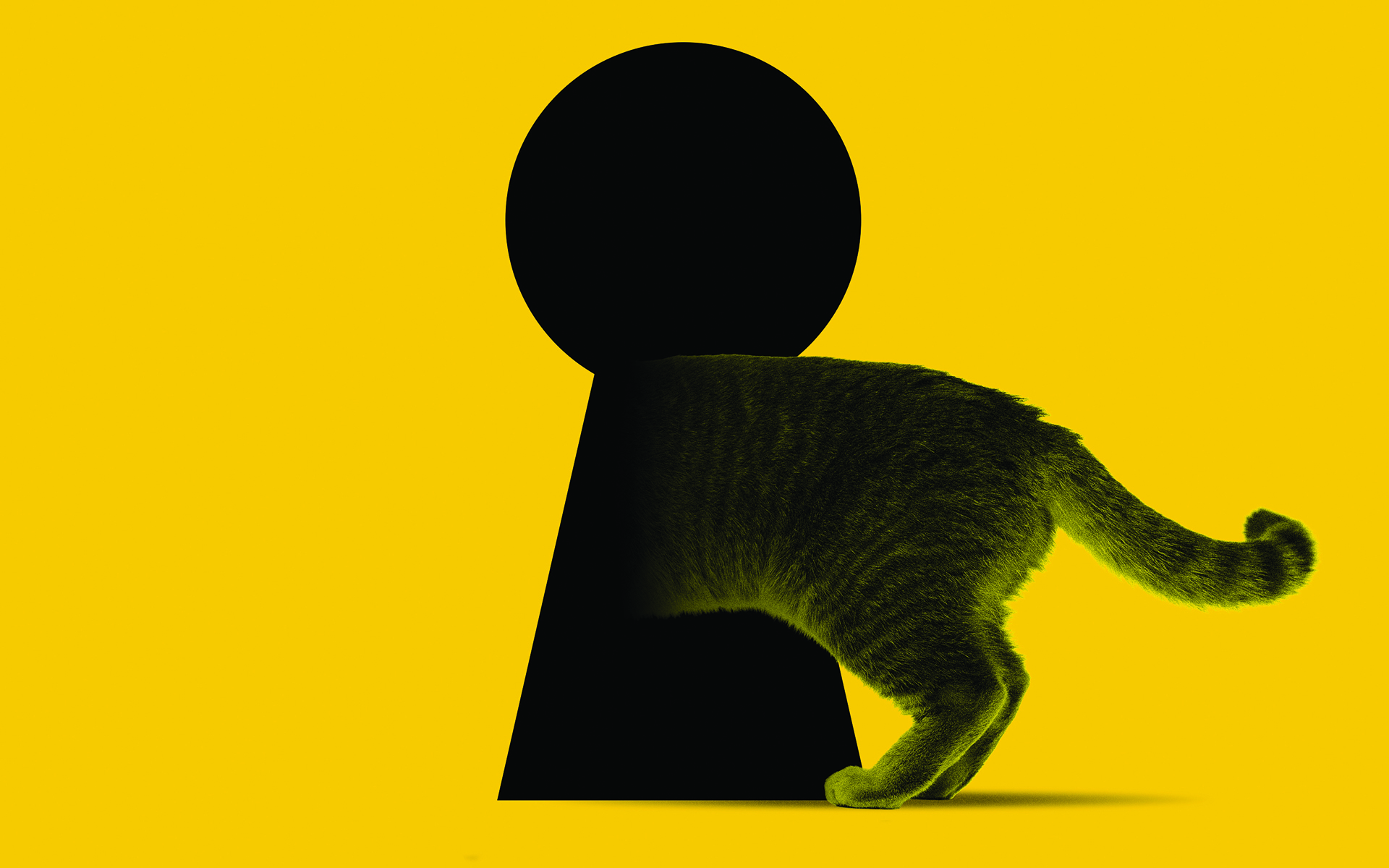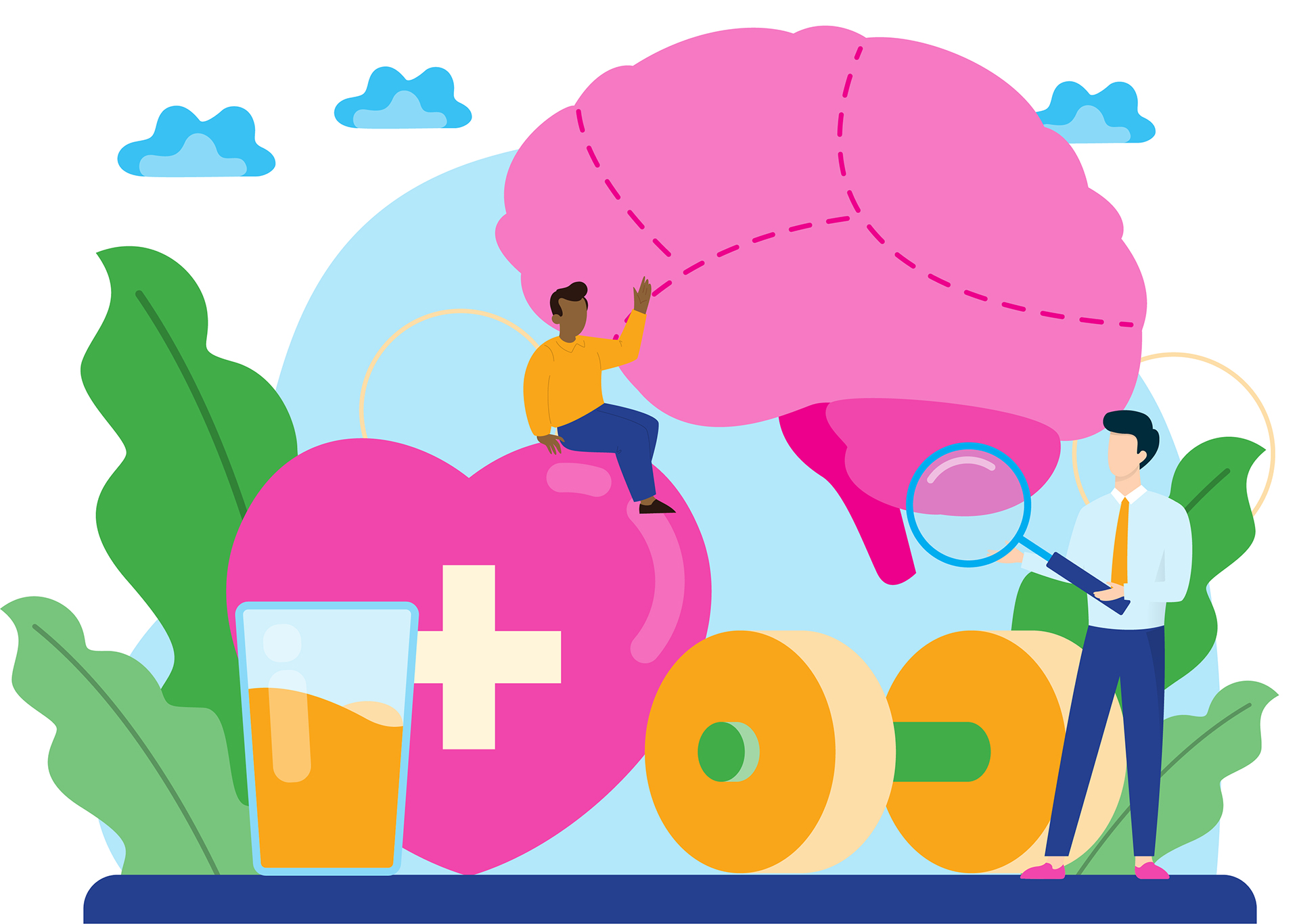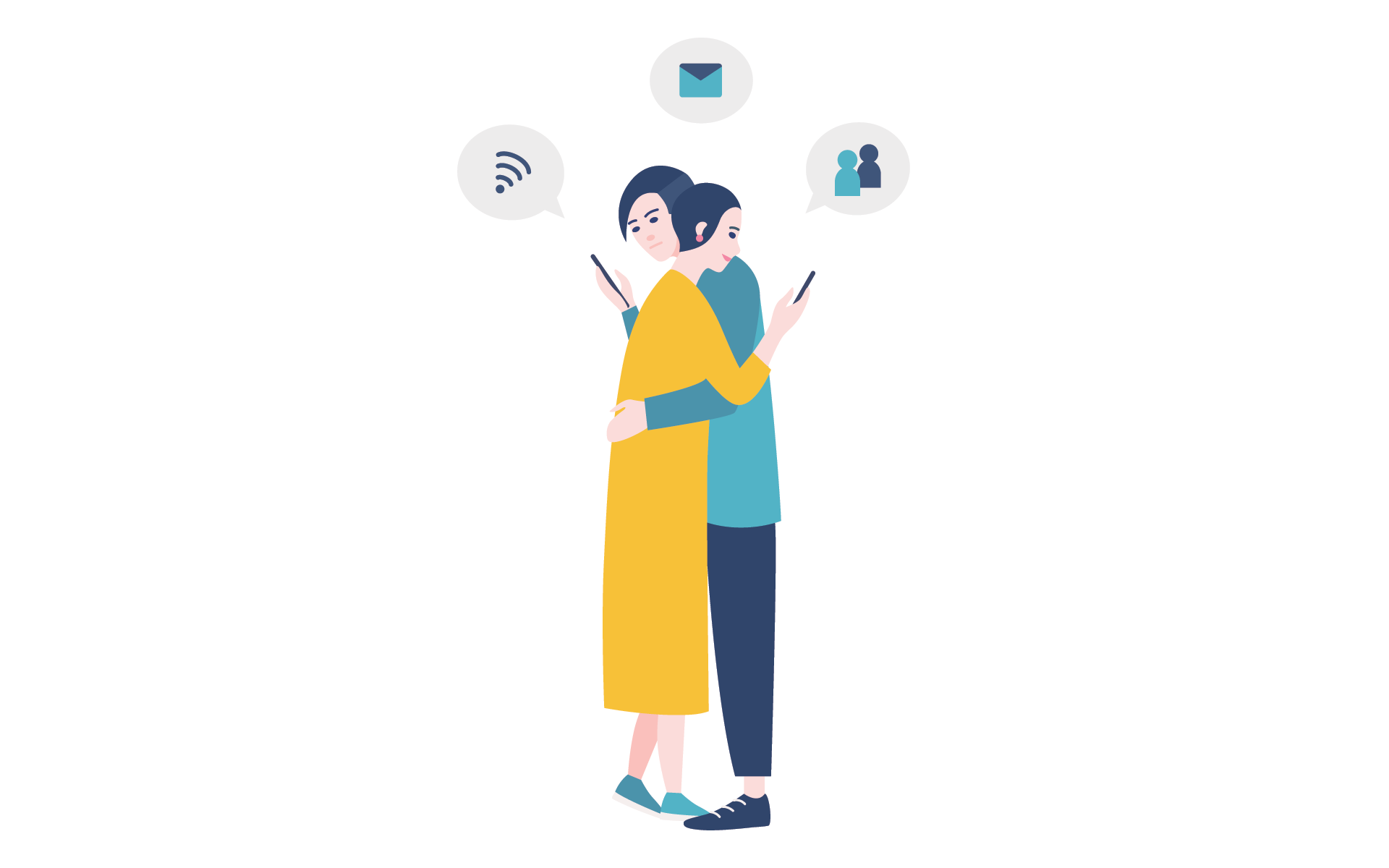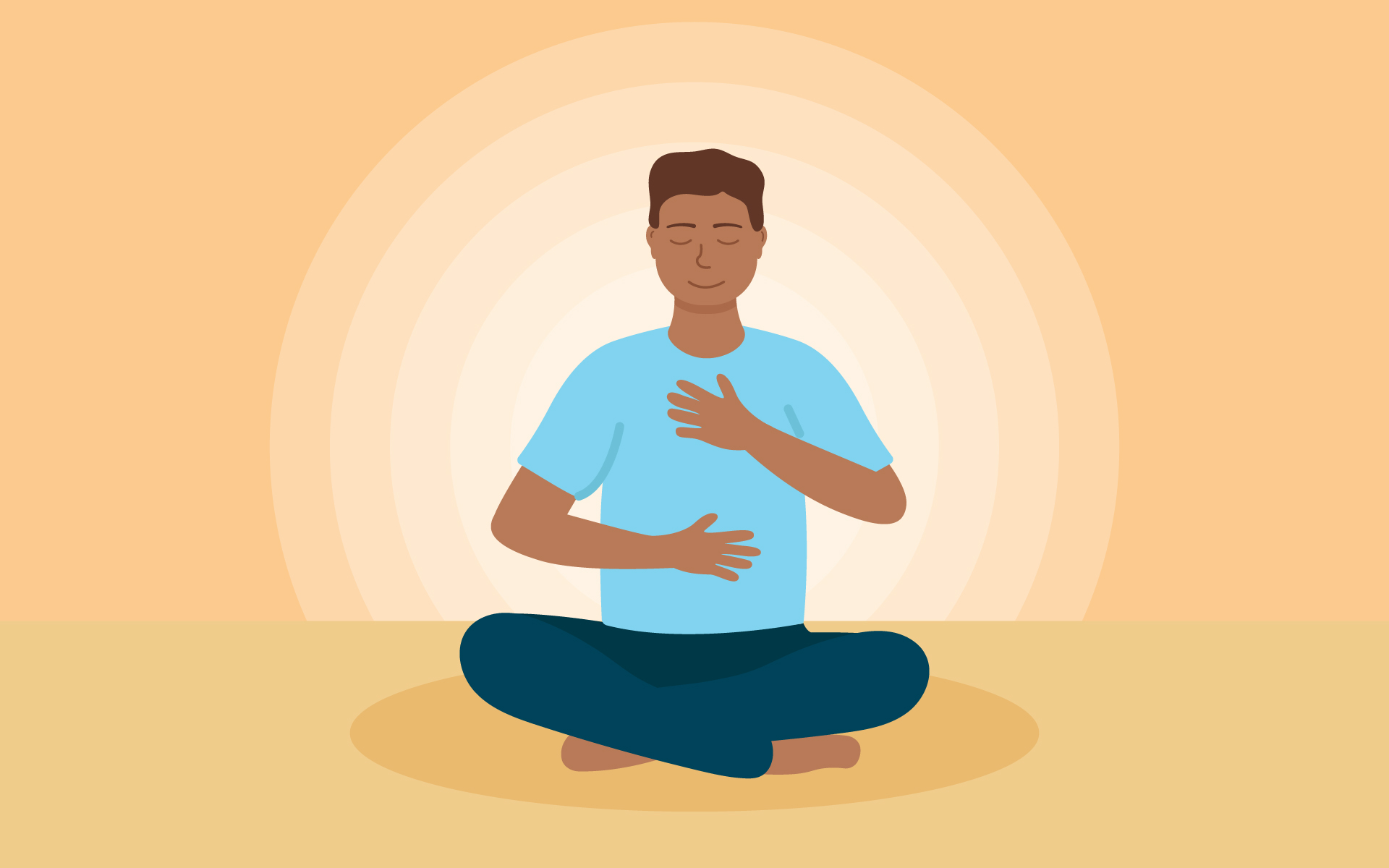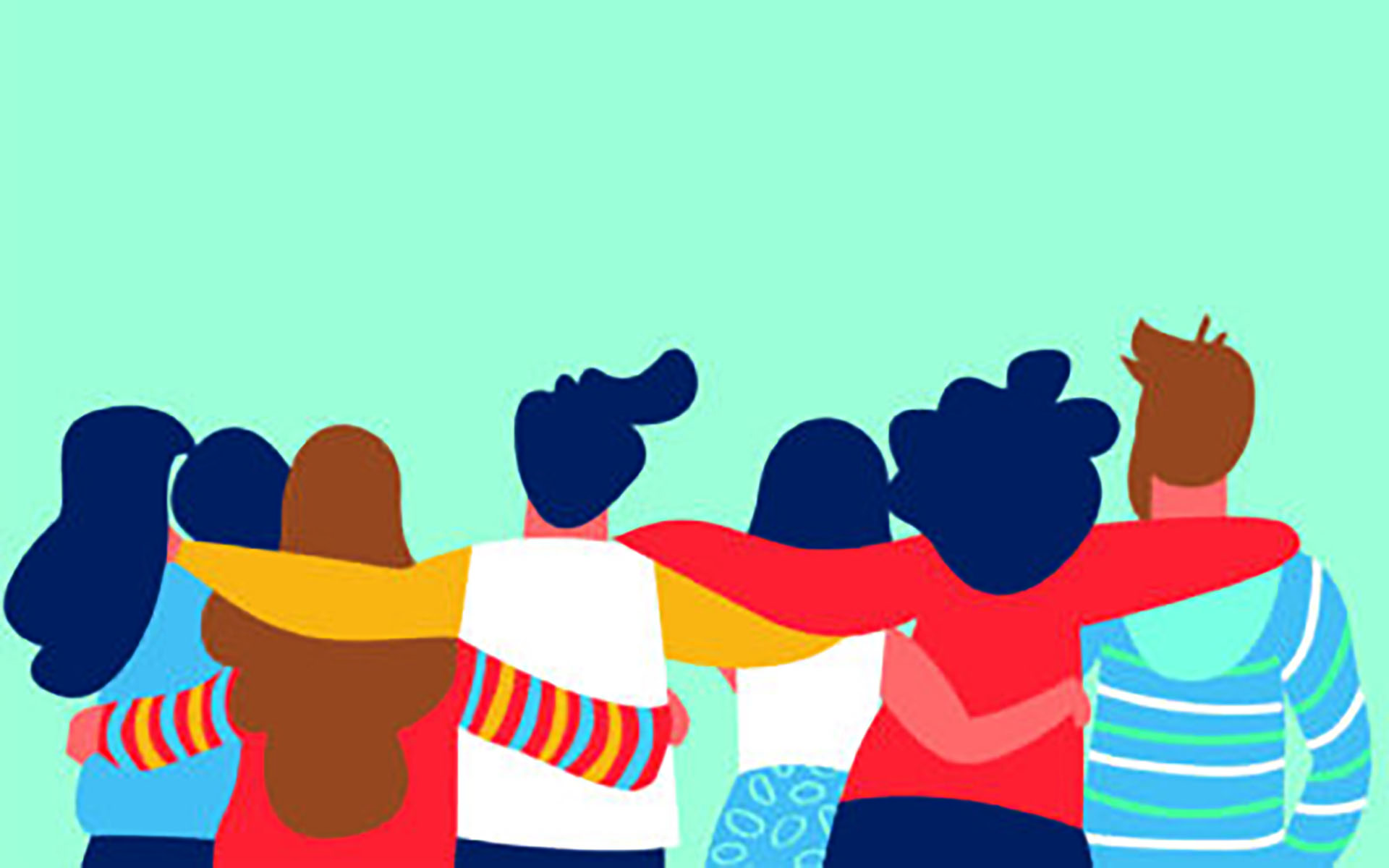Curiosity—our drive for information—can induce a pleasant state or an aversive state. In 2006, the psychologists Jordan Litman and Paul Silvia identified the two main “flavors” of curiosity: I-curiosity and D-curiosity. The I in I-curiosity stands for interest, the pleasurable aspects of the hunger for knowledge, while the D in D-curiosity stands for deprivation, the idea that if we have a gap in information, we go into a restless, unpleasant, need-to-know state.
Deprivation curiosity is driven by a lack of information, often a specific piece of information. For example, if you are in a meeting or out to dinner, and you feel or hear a text come into your phone, you might notice that suddenly it is really hard to pay attention because not knowing what the text says makes you restless, causing your body temperature to rise. It’s as though your phone starts burning a hole in your purse or your pocket. That fire of uncertainty is put out when you check your phone to see who texted you or read what the message says. The relief of the negative state, the itching of the scratch, is in itself rewarding. That’s why TV shows have cliff-hangers—to drive deprivation curiosity. We have to know what happens, so we binge-watch!
Interest curiosity is piqued when we become interested in learning more about something. Usually, this isn’t a specific piece of information (like who texted you), but a broader category. For example, did you know that there are animals who keep growing in size until they die? They are called indeterminate growers, and include sharks, lobsters, and even kangaroos. In fact, based on its size, one 20-pound lobster was believed to be 140 years old. That’s one big old lobster! Isn’t that fascinating?
Interest curiosity is like diving into an internet search and realizing hours later that you’ve learned a whole bunch of stuff and your thirst for knowledge has been quenched. It feels good to learn something new. This is different from filling a deficit, simply because there wasn’t a deficit there in the first place (that is, you didn’t know you didn’t know about big lobsters, but when you found out about them, you were intrigued and delighted). Unlike D-curiosity— which is about destinations—the I-curiosity is more about the journey.
So why do we have curiosity in the first place? It turns out curiosity builds on reward-based learning.
How Wondering Primes Your Brain
Reward-based learning relies on positive and negative reinforcement—you want to do more of the things that feel good and fewer of the things that feel bad. This might also be the case with curiosity. The idea that curiosity aligns with reward-based learning has been supported by a growing body of research.
One study by Matthias Gruber and his colleagues at the University of California, Davis, had students review a list of trivia questions and rate their curiosity level in learning the answer. At peak curiosity, dopamine pathways in the brain fired with increased intensity, and there was a stronger connection between reward centers and the hippocampus, a brain area associated with memory. Peak curiosity primed students to remember more information—not just the answers to their trivia questions.
Another study by Tommy Blanchard and his colleagues at the University of Rochester and Columbia University looked at how curiosity related to getting information is coded in the orbitofrontal cortex. (The orbitofrontal cortex is associated with reward value and assigns value to different things—think broccoli vs. cake). In fact, in studies of primates, Blanchard’s team found that primates were willing to give up rewards such as getting a drink of water when they were thirsty for information.
We can add information to the list with food and water when it comes to survival.
Together, these studies suggest that the expression “thirst for knowledge” really is more than metaphorical. The acquisition of information follows the same basic behavioral pathways as reward-based learning and even has a literal reward value in the brain. We can add information to the list with food and water when it comes to survival. Old brain (find food, avoid danger) pairs up with new brain (get information to plan and predict the future) to help us thrive today. But when it comes to curiosity, is there such a thing as too much information?
Each curiosity “flavor” has different “tastes.” They fall into different categories in terms of how they feel in our bodies: Deprivation feels closed, interest open. So what about their reward structures drives these behaviors? With deprivation curiosity, getting the answer is rewarding, but with interest curiosity, the process of being curious feels good.
This is critical for two reasons. First, with interest curiosity, you don’t need something outside of yourself to get a reward—the curiosity is rewarding in and of itself—and second, because of its inherent nature, it doesn’t run out. Interest curiosity also feels better (i.e., is more rewarding) when compared to the scratchy, closed-down itch of deprivation.
Using Curiosity for Habit Change and Learning
Most of us approach ourselves and the world with D-curiosity, like a problem to be solved. But we’re all actually in the perfect place to build and sustain curiosity by playing deprivation and interest curiosity off each other. And you can leverage this interplay between the two to help you break old habits and build new ones.
Of all of our human capacities, curiosity is at the top of my list of most essential. From helping us learn to survive in the world to bringing the joy of discovery and wonder, curiosity really is a superpower.
Curiosity allows you to step back and see your habit loops for what they are: thoughts and emotions.
Whether you’re feeling frustrated or stuck, curiosity can help you explore what that feels like in your body and mind (instead of trying to fix or change it). If you get caught in a habit loop (a mostly unthinking pattern of behavior, based on our frequent responses getting hardwired in the brain) of worry or self-judgment, curiosity can help you step out of the loop instead of having your mind spinning out of control and feeding more habitual self-judgment. Curiosity allows you to step back and see your habit loops for what they are: thoughts and emotions.
Curiosity can help you stay present in a non-judgmental way to whatever your experience is. It’s actually stronger than any type of force or willpower you might (habitually) use, and can also bring a playful, even joyful attitude to any situation.
From Unwinding Anxiety: New Science Shows How to Break the Cycles of Worry and Fear to Heal Your Mind by Judson Brewer with permission from Avery, an imprint of the Penguin Publishing Group, a division of Penguin Random House, LLC. Copyright © 2021 by Judson A.
read more
A 2-Minute Practice to Calm Anxiety and Nurture Curiosity
Anxiety often contributes to keeping us stuck in habits we don’t want. This mindfulness practice lets us soothe racing thoughts by letting us tune in to embodied awareness.
Read More
How to Change Your Habits with Mindfulness
Learn about the mechanics of habit formation and observe them at work in your mind and body. By bringing awareness, and injecting curiosity and kindness into the process, you’ll be able to reevaluate and change your habits.
Read More
How Mindfulness Works to Break Bad Habits
Habits are formed and strengthened as we journey through a continuous loop seeking to satisfy our urges. Here’s how to break the cycle.
Read More
